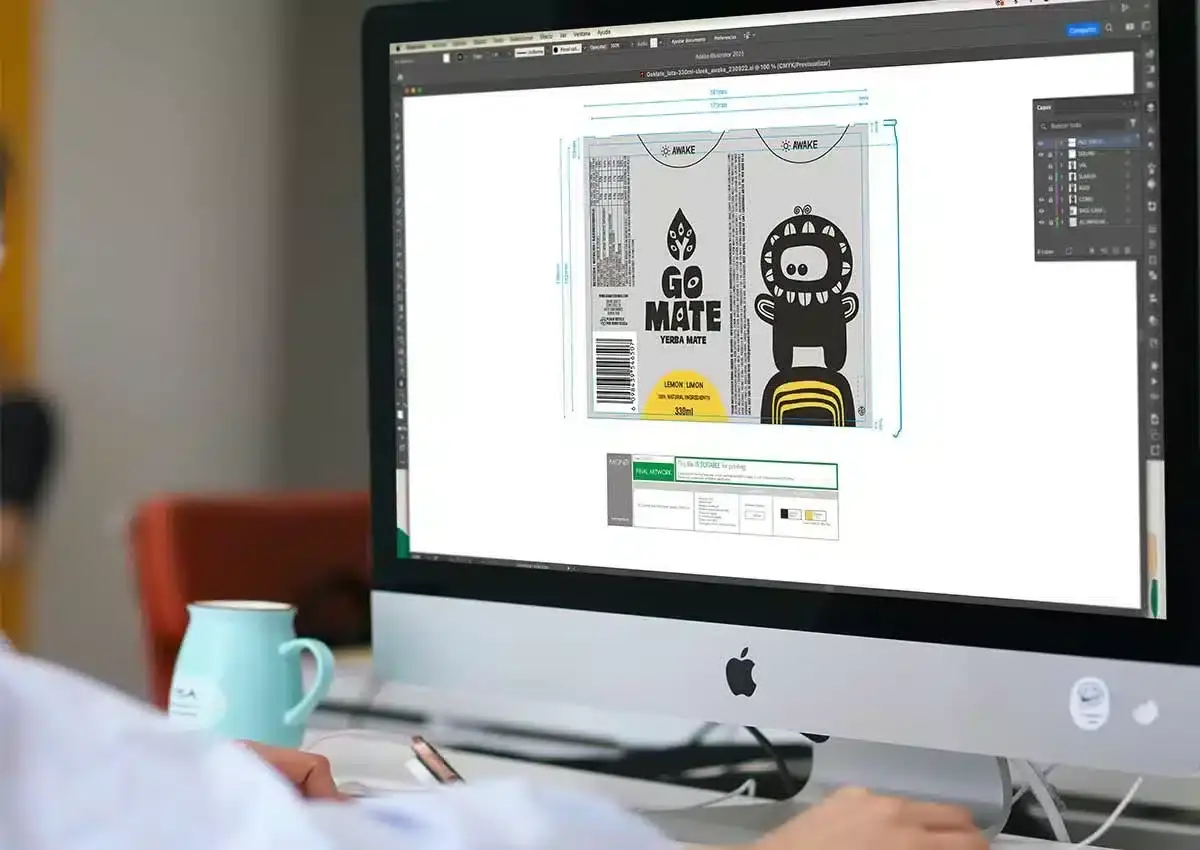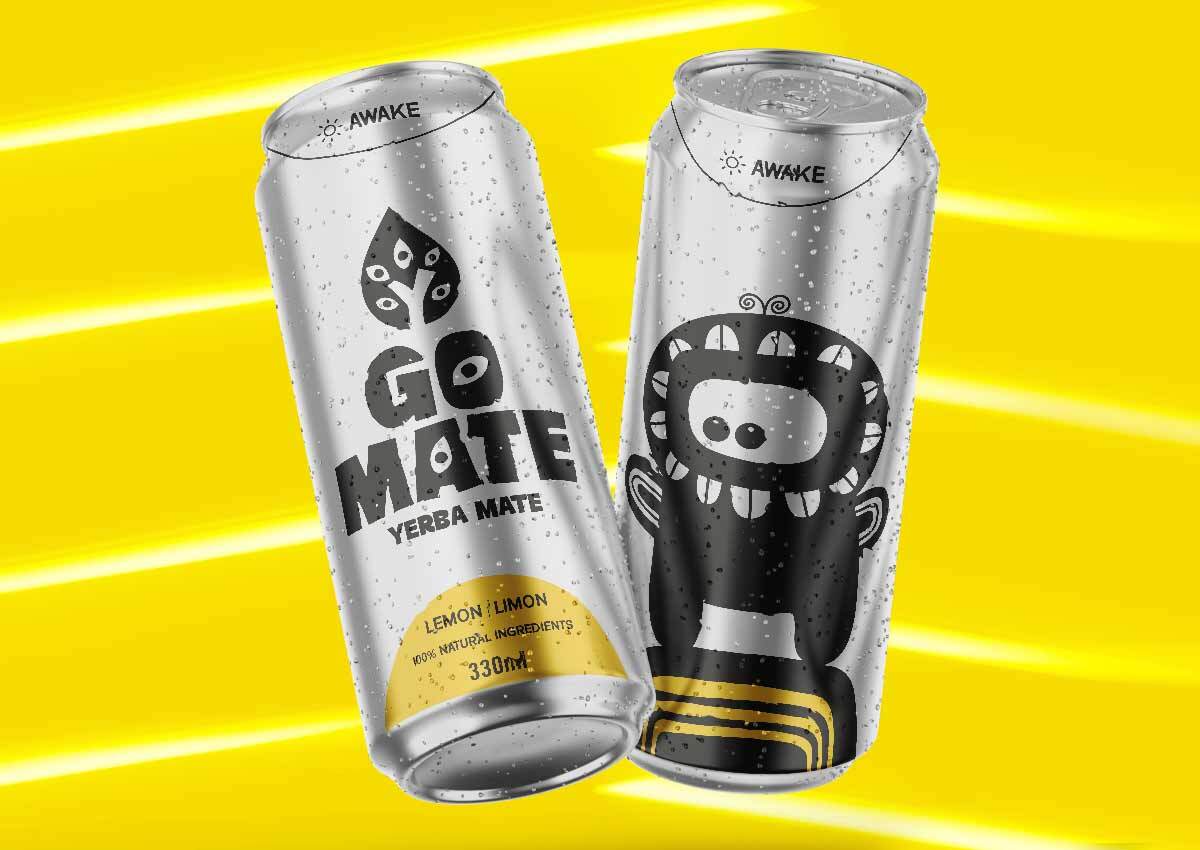The graphic design process in the field of packaging design involves several stages and considerations to create an attractive and effective packaging solution
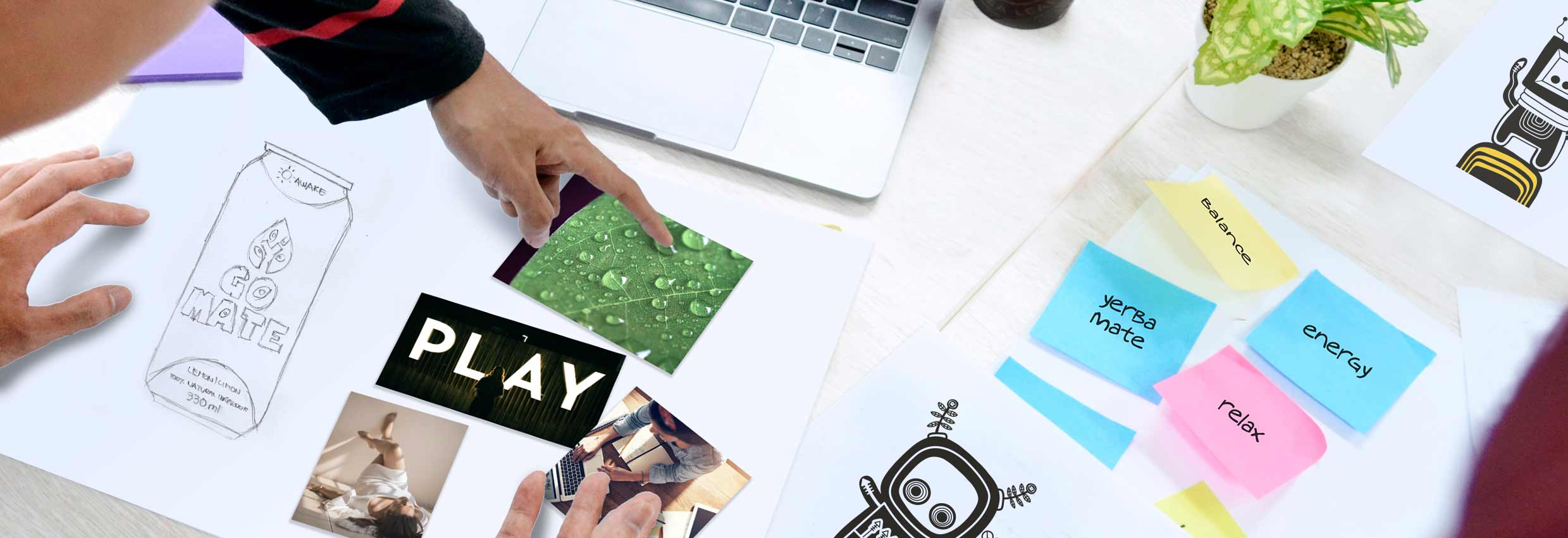
DESIGN PROCESS
1. BRIEF
The creative design process starts with a comprehensive brief, serving as the foundation that sets the tone and direction for the entire project. This crucial initial step is one of the most important in the visual design process, as it fuels the ideation phase, guiding the creation of a design solution that precisely aligns with your specific requirements. The brief acts as a concise yet informative summary, effectively communicating the project's scope and objectives, ensuring a clear understanding of the desired outcome.
2. DESIGN & CATEGORY RESEARCH
The research phase plays a vital role in the development of impactful packaging design. By conducting thorough category and design research, we acquire a deeper understanding of the product and its market context. This phase entails comprehensive competitor analysis, empowering us to create designs that genuinely set our client's product apart from others on the shelf. In this phase we also gather information about the target audience, market trends, and competitors. Understanding the client's goals, requirements, and brand identity is crucial for the packaging design, as well as taking into account any specific requirements or constraints. This research forms the foundation for the design process.
3. BRAND POSITIONING (when needed)
When the project calls for it, we develop or refine your brand positioning strategy—defining the emotional and functional space your brand occupies. We translate insights into a clear brand promise, tone of voice, and visual personality.
This step ensures every creative decision—logo, color palette, typography, imagery—reinforces a consistent and distinctive brand narrative.
4. BRAND ARCHITECTURE & PRODUCT LINE ARCHITECTURE (when needed)
For brands with multiple products or categories, we establish a clear brand architecture system. This includes hierarchy, naming logic, and visual coding for product lines, sub-brands, and extensions.
A strong architecture ensures coherence across your portfolio, making it easier for consumers to navigate and recognize your brand—whether it’s a masterbrand, umbrella brand, or visual identity system across SKUs.
5. DESIGN STRATEGY AND CONCEPT DEVELOPMENT
Based on the research, designers brainstorm and develop multiple concepts for the packaging design. These concepts explore different visual directions, typography, color schemes, and overall aesthetics. The aim is to create unique and compelling ideas that align with the brand and appeal to the target audience.
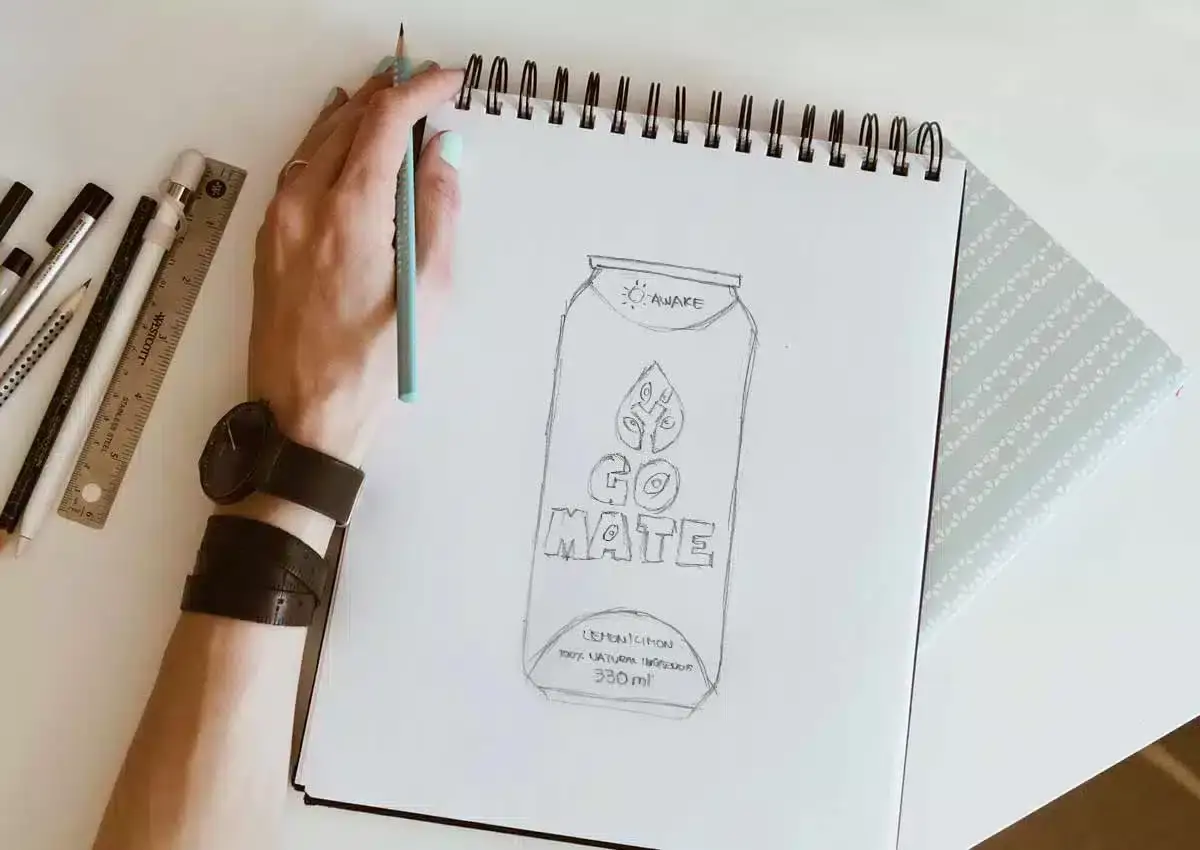
6. SKETCHING AND DRAFTING
Once the design strategy has been meticulously planned, taking into account the category and target audience, it is time to translate our ideas onto paper through initial sketches. Designers create rough sketches or digital drafts to visualize and refine their ideas, incorporating storytelling elements to ensure the design resonates on a deeper level. These sketches serve as the foundation for shaping the future design. By hand-drawing various design alternatives, we gain a clearer visualization of each element and uncover potential challenges that may have been overlooked. This process allows us to identify and address any issues before transitioning to digital design on computers. Multiple designers generate a series of rough sketches that are then carefully evaluated and shortlisted for further refinement in the next phase. This stage helps in exploring layout possibilities, hierarchy, and composition, ensuring that the design effectively communicates the desired message and tells a compelling story.
7. DIGITAL DESIGN
Following a selection round of the initial rough pencil designs, a thorough analysis is conducted to determine the most promising direction to pursue. Taking into consideration this feedback, we proceed with developing detailed designs based on the selected routes. It is important to note that each of these designs represents distinct paths, providing the client with a range of diverse alternatives. Additionally, when it comes to pack redesign, we consider both incremental changes and more radical departures, exploring paths that are both closer and further from the existing design to ensure a comprehensive exploration of possibilities. The chosen concept is translated into a refined digital design. This includes creating high-resolution graphics, choosing appropriate fonts, refining color palettes, and integrating the brand's visual elements. Designers pay attention to the dimensions and technical specifications of the packaging to ensure accuracy.
8. RENDERS AND DIGITAL PROTOTYPING
After the digital design is finalized, we create digital prototypes or pack renders to visualize how the packaging will look in the real world. Mockups help evaluate the design's practicality, functionality, and overall visual appeal. Adjustments and refinements are made if necessary.
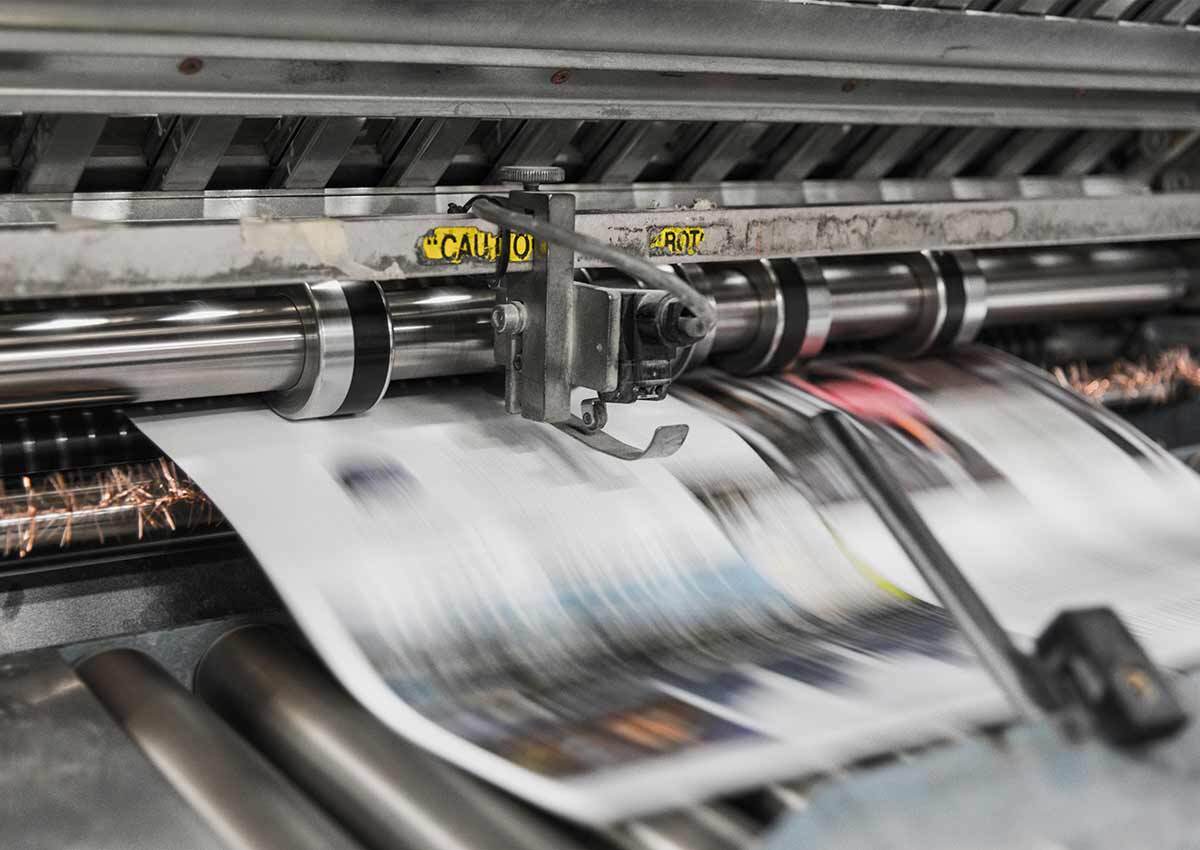
9. PRODUCTION FILES
Once the design and mockup are approved, designers prepare production files that provide detailed instructions for printers and manufacturers. These files typically include specifications for colors, dimensions, materials, print finishes, and any other necessary details.
10. COLLABORATION WITH SUPPLIERS
Imaginity often collaborate closely with suppliers, such as printers and manufacturers, to ensure that the design translates accurately during the production process. This collaboration involves selecting suitable materials, overseeing print proofs, and addressing any technical challenges that may arise.
11. PRE-PRODUCTION AND QUALITY CONTROL
Before mass production, designers review pre-production samples to ensure the design is accurately replicated and meets quality standards. This involves checking colors, print clarity, and overall packaging integrity.
12. LAUNCH AND FEEDBACK
Once the packaging design is produced and launched, clients may gather feedback from consumers, clients, and stakeholders. This feedback helps assess the design's effectiveness, identify areas for improvement, and guide future iterations. Sometimes this iterations are done via market research with consumers, before going into production, to explore the most suitable design ideas for the brand. Throughout the entire process, effective communication and collaboration with clients, marketing teams, and production partners are essential to ensure a successful packaging design that aligns with the brand's objectives and resonates with the target audience.

